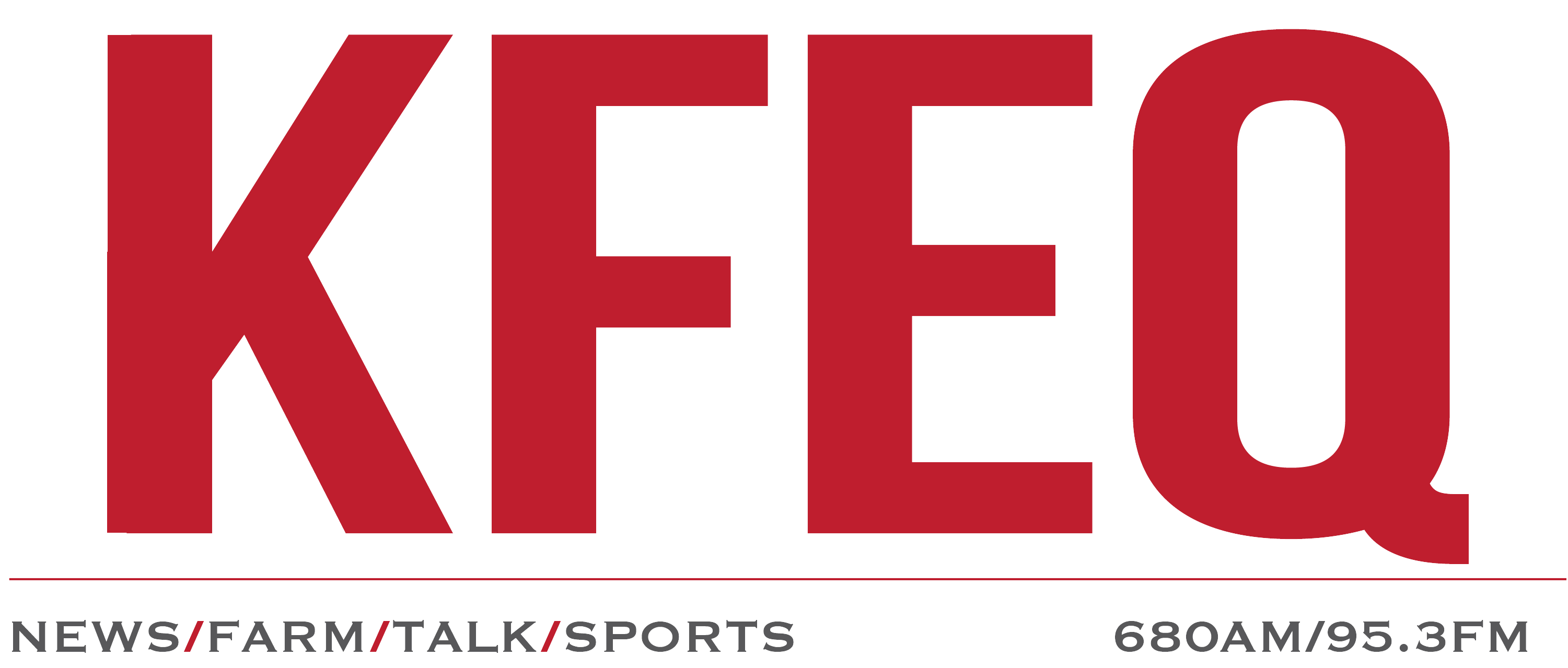
GENERAL COMMENTS:
July corn closed down 9 1/2 cents and December corn was down 7 1/2 cents. July soybeans closed down 9 1/4 cents and November soybeans were down 14 cents. July KC wheat closed down 13 1/4 cents, July Chicago wheat was down 15 cents, July MIAX Minneapolis wheat was down 12 cents.
The U.S. Dollar Index is down 0.24 at 98.46. The Dow Jones Industrial Average is up 263.0 points at 42,778.0. August gold is up $15.20 at $3,400.90, July silver is up $0.26 at $36.28 and July copper is up $0.0735. August crude oil is down $5.48 at $68.36, August ultra-low sulfur diesel is down $0.1667, August RBOB gasoline is down $0.1181 and July natural gas is down $0.148.
CORN:
July corn futures traded sharply lower Monday, down 9 1/2 cents to $4.19 1/4. December futures followed, down 7 1/2 cents to $4.33 3/4. Old-crop July corn futures traded to new contract lows Monday, as speculators continue to build short positions. Ending stocks-to-use percentage is far from a perfect predictor of corn price, but a $4.20 futures price and new contract lows with a stocks-to-use of less than 9% is certainly a bearish surprise for the season, and a telling indication that grain fundamentals just aren’t currently at the top of trader concerns. That or traders are still expecting a bearish increase in stocks by the end of the marketing year, in which case the June 30 report has a history of such surprises, both bullish and bearish.
Moving forward, Monday afternoon’s delayed Commitments of Traders report from the CFTC will shed some light on speculator positions as of June 17, but it will be a safe assumption that whatever figure is printed Monday afternoon is likely less than the true net-short position amongst noncommercial traders. Also released post-close on Monday will be the latest Crop Progress report from USDA, the U.S. corn crop was rated at 72% good to excellent last week, which is expected to hold steady or even improve this afternoon.
In corn technicals, December corn futures traded again to 2025 lows, and dropped just below recent support near $4.35 following Friday’s rejection at downtrend resistance. For a deeper look into December 2025 corn technicals, consider reading Monday’s Technically Speaking column from DTN Analyst Dana Mantini.
The DTN National Corn Index finished Friday at $4.07. Monday’s futures close and implied corn basis of 22 cents under the July board would indicate the index on Monday afternoon to be near $3.97.
SOYBEANS:
July soybeans dropped 9 1/4 cents Monday to $10.58 3/4. November soybeans were down 14 cents to $10.46 3/4. Soybean futures dropped for a second straight session following Friday’s reversal and have now given back approximately half of the gains made from the bullish EPA biofuel mandate announcement on June 13. Soybean oil futures have also posted a fourth straight session lower since the initial 2-day rally following the EPA news, as traders have quickly turned to booking profits amid lingering uncertainty especially with the Trump administration’s “Big, Beautiful Bill” still working its way through the Senate and the July 4 target date for passage growing nearer.
Soybean conditions dropped in last week’s Crop Progress report by 2 percentage points to 66% good to excellent. Traders will be interested to see how crops fared in the eyes of the USDA following a week of mostly favorable weather, with the exception of some severe storm events across the Plains. It will also be important with the June 30 acreage revisions looming to see how the planting season concludes, with 93% of the crop planted as of last week.
In soybean technicals, November futures will be searching for support between current prices and the consolidation of the 50-day and 100-day moving averages in the mid $10.30s, which stands as the immediate bearish target. The 20-day moving average near $10.40 1/2 currently is the first line of major support.
The DTN National Soybean Index finished Friday at $10.11. Monday’s futures close and implied soybean basis of 57 cents under the July board would indicate the index on Monday afternoon to be near $10.02.
WHEAT:
July Kansas City wheat futures traded down 13 1/4 cents Monday to $5.50. Chicago and MIAX Minneapolis futures were also sharply lower as traders return to risk-off trade following a burst of short-covering over the past few weeks which really accelerated last week. Last week’s weather events, with notable storms first in southern Kansas and then in North Dakota later in the week, are currently not leading traders to believe any significant yield loss has occurred. In fact, July KC futures traders have removed most of the premium built through Wednesday’s 23-cent surge. Prices still remain elevated from mid-May lows, however for now it seems traders are satisfied with the yield risk priced into the market ahead of Monday’s update from USDA.
Along those lines, traders will be interested to see if high heat through late last week and into the weekend helped to dry out overly wet areas and allow for producers to catch up following the slow start to harvest noted in last week’s Crop Progress update. Price action Monday would indicate traders are expecting significant progress to have been made over the past week. Also, later Monday, it will be very interesting to see just how much of the once-record net-short position wheat traders have covered through the rally as of last Tuesday, June 17.
For wheat technicals on Monday, the $5.50 mark has provided soft support for the price break thus far, beyond that the 50-day moving average near $5.40 is a bearish target for July Kansas City futures. To the upside, if bulls can recover above the 20-day moving average near $5.51 1/2 quickly following Monday’s close, that would certainly be an optimistic signal for the nearby trade.
The DTN National HRW Index finished Friday at $5.06, while the DTN National HRS Index was $6.11. Monday’s futures close and the implied basis of 57 cents under the July for HRW, and 16 cents under the July for HRS, would indicate the indices for Monday afternoon to be near $4.93 and $5.99, respectively.
**
Editor’s Note: Get ahead of the herd with the latest insights on the cattle market’s changing cycle. Join us on Tuesday, June 24, from 10 a.m. CDT to noon for an in-depth analysis of how weather patterns, trade disruptions, and drought are reshaping the beef industry’s traditional 10-year cycle. Oklahoma State University Livestock Marketing Specialist Dr. Derrell Peel shares what the cowherd of the future will look like, while DTN experts share details on weather conditions for forage and pastures, hay market dynamics and what it all means for fat and live cattle prices. Register for free here: https://dtn.link/AgSummitSeries-Summer2025 .



